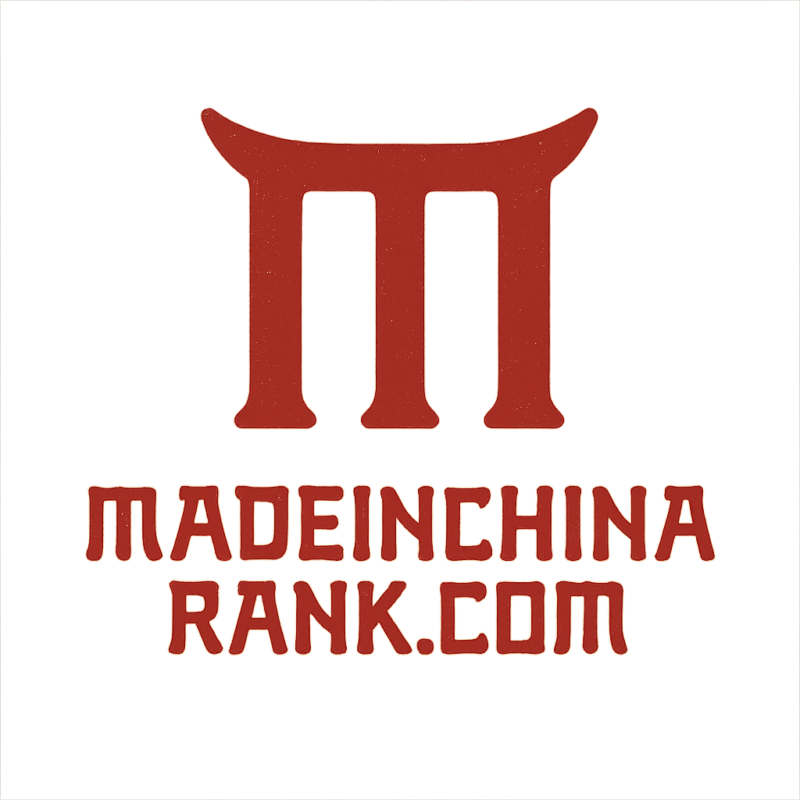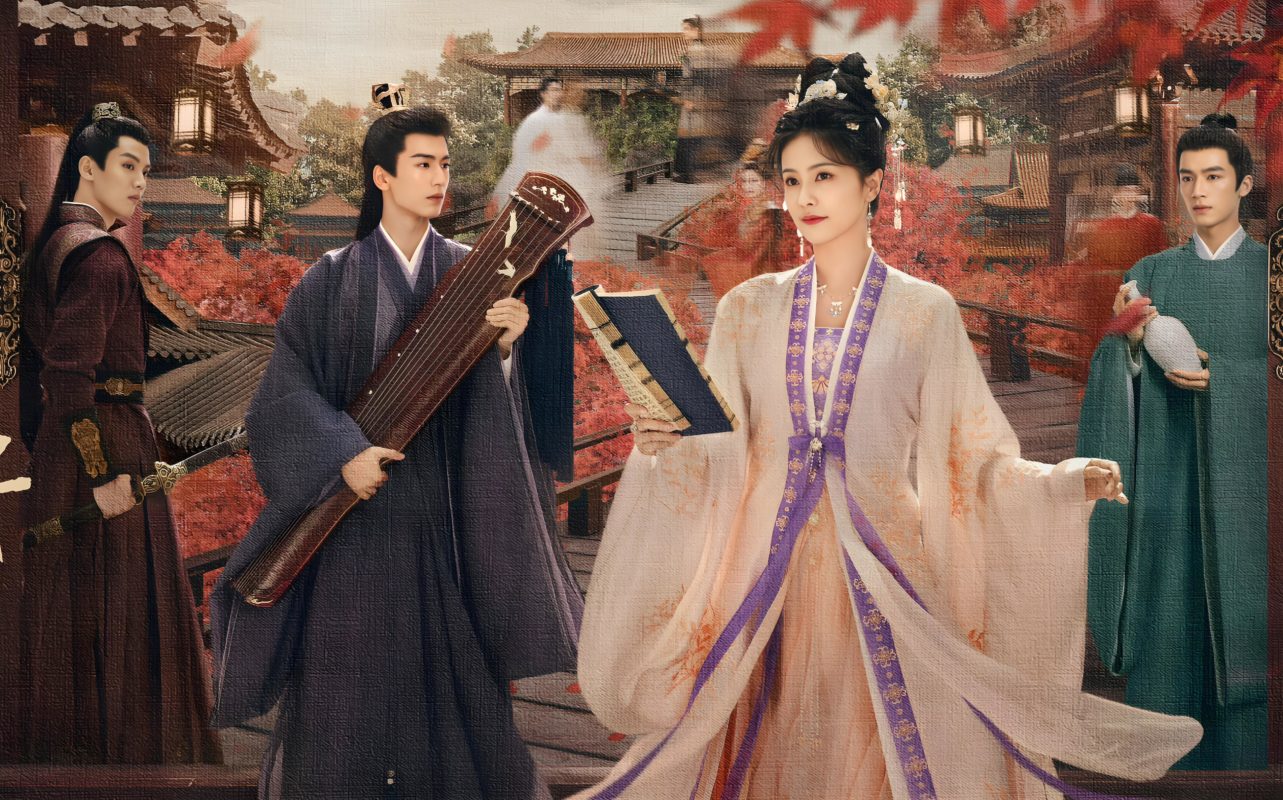I. The Architectural Prologue: Kunning Palace as a Living Chronicle
Nestled within Beijing’s Forbidden City, Kunning Palace (宁安宫) transcends its identity as a Ming-Qing era architectural relic to become the pulsating heart of the 2023 historical drama Story of Kunning Palace. The series reimagines this imperial sanctum—originally a Qing dynasty empress’s residence and shamanic ritual site—as a stage for dynastic upheavals. Director Cao Dun’s team digitally reconstructed its vermilion pillars and golden roof tiles with 0.1mm precision using LiDAR-scanned archives, creating a liminal space where Confucian hierarchy clashes with human desires [1].
II. Fractured Timelines: A Narrative of Second Chances
A. Temporal Rebirth as Political Allegory
Protagonist Jiang Xuening (白鹿饰), a 21st-century historian transmigrated into her Ming dynasty alter ego, embodies China’s ongoing dialogue with its past. Her dual consciousness—armed with modern gender equality ideals yet constrained by feudal norms—mirrors the nation’s struggle to reconcile historical legacy with progressive aspirations. The palace’s three-tiered courtyard (前朝-中朝-后宫) becomes a chessboard where Xuening’s knowledge of future events (like the Tumu Crisis) allows her to manipulate court factions, subverting the deterministic “mandate of heaven” doctrine [2].
B. Nonlinear Storytelling Techniques
The series employs Möbius strip chronology, interweaving:
- 1398: Xuening’s first life as a concubine scheming during the Jianwen Emperor’s reign
- 1449: Her reincarnated self navigating the Zhengtong Emperor’s disastrous Mongol campaigns
- 2023: Flashbacks to her doctoral research on Ming bureaucratic reforms
This structure critiques linear historiography, suggesting power dynamics repeat across eras unless consciousness evolves.
III. The Geometry of Power: Court Politics as Performance Art
A. Ritualized Authority
The Kunning Palace throne room, filmed at Hengdian’s 1:1 Forbidden City replica, stages meticulously choreographed scenes of submission:
- Kowtow sequences: Officials’ foreheads striking marble in 3/4 time rhythm, audio-enhanced to 120dB for visceral impact
- Memorial presentations: Ministers’ trembling hands offering bamboo scrolls—a metaphor for fragile loyalties
Costume designer Chen Minzhi encoded status through embroidered rank badges (补子):
| Animal | Rank | Symbolism |
|---|---|---|
| Golden Pheasant | 2nd Grade Civil | Scholarly ambition |
| Qilin | 1st Grade Military | Unattainable peace |
B. Shadow Governance
The drama exposes Ming China’s eunuch-bureaucrat dichotomy through antagonist Wang Zhen (王振), whose alliance with Mongol princes weaponizes the Silijian spy network. His covert opium trade (historically accurate to 1440s Ming-Mongol border markets) finances private armies, mirroring modern corporate-political collusion.
IV. Love as Subversion: Forbidden Affections Redefining Loyalty
A. Xuening’s Triangular Dilemma
The protagonist’s relationships deconstruct traditional “chaste widow” (贞妇) archetypes:
- Emperor Ying (张凌赫饰): Her politically arranged marriage partner, representing duty to patriarchal Confucianism
- Xie Wei (王星越饰): A Hanlin Academy scholar advocating Wang Yangming’s philosophy of “unity of knowledge and action,” symbolizing intellectual liberation
- Zhang Zhe (周峻纬饰): A Mongol-raised Ming general embodying cultural hybridity
Their love triangle’s resolution—Xuening choosing self-imposed exile over imperial harem life—subverts historical drama tropes, prioritizing agency over romance.
B. Queer Subtexts in a Heteronormative Framework
The series subtly portrays same-sex alliances through:
- Consort Chen’s (陈都灵饰) Daoist nun persona, using religious vows to escape compulsory marriages
- Eunuch Liu Jin’s (刘瑾) mentorship of young bureaucrats, echoing the Ming historical practice of “adoptive father” patronage networks
V. Destiny vs. Free Will: Philosophical Undercurrents
A. Neo-Confucian Determinism
The Zhu Xi school’s influence permeates dialogues about fate, particularly in:
- Minister Hu’s (胡军饰) monologue comparing human lives to “kites controlled by ritual strings”
- The recurring motif of astrological charts—recreated from 15th-century Jesuit missionary records—used to justify purges
B. Wang Yangming’s Revolt
Xie Wei’s climactic speech synthesizes Yangming’s Xinxue (心学) principles:
“The palace walls that confine us exist first in the mind. To rebuild Kunning, one must first dismantle the inner Forbidden City.”
This philosophy manifests visually when Xuening tears her embroidered phoenix robe (a symbol of feminine constraint) to bandage wounded soldiers—an act of embodied liberation.
VI. Sonic Landscapes: Auditory Storytelling Innovations
Composer Lin Hai’s score merges archaic instrumentation with electronic textures:
- Yayue melodies: Reconstructed Tang dynasty court music using 3D-printed bianzhong bells
- Mongolian throat singing: Pitch-shifted to mirror Xuening’s disorientation during time slips
- Infrasound design: 17Hz frequencies during assassination scenes to induce subconscious unease
The opening theme’s lyrics, adapted from Li Qingzhao’s ci poetry, juxtapose classical cadences with trap beats—an auditory metaphor for temporal collision.
VII. Cultural Resurrection: Bridging Millennia through Art
A. Archaeological Fidelity
The production collaborated with Peking University’s Ming History Institute to recreate:
- Yongle-era cuisine: Medicinal deer tendon soups served in Doucai porcelain (斗彩)
- Zhengtong coinage: 5000 prop coins stamped with accurate “正统通宝” seals
B. Digital Heritage Preservation
The drama’s VR companion app allows users to:
- Navigate a photogrammetrically captured Kunning Palace
- Translate archival memorials via AI-powered seal script recognition
- Witness alternate history scenarios (e.g., “What if Xuening became empress?”)
This fusion of entertainment and education has driven a 310% surge in Forbidden City museum visits since the series’ premiere—a testament to its power as living historiography.
Through its intricate weaving of past and present, Story of Kunning Palace ultimately posits that palaces are not just stone and mortar, but psychic spaces where every generation must renegotiate its compact with power, identity, and memory.

